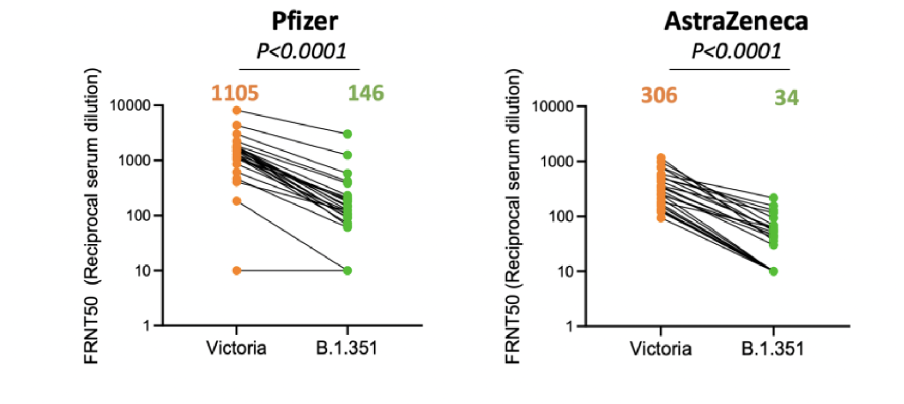12-Mar-2021
Since the sequence of SARS-CoV-2 was first reported in January 2020, vaccines have been seen as the most effective way to minimise the global risks of COVID-19. Whilst a number have been produced worldwide, several variant strains of the virus have emerged worldwide – including the B.1.1.7 strain identified in the UK, B.1.351 in South Africa, and P.1 in Brazil.
These strains have occurred independently of one another but have convergently evolved common themes: notably the N501Y mutation across all three variants, and several changes isolated to just the B.1.315 and P.1 variants, most notably the E484K mutation. The changes have occurred on the spike protein, the site of the receptor binding domain (RBD).
This study, utilising technology and laboratories from Instruct Centres UK, Diamond Light Source and STRUBI, carried out detailed analysis into the B.1.315 variant. The aim was to understand to what extent (if any) it can escape neutralisation from vaccines and antibodies of the original viral strain identified in Wuhan in 2019, and determine what makes it more transmissible than other strains.
The study reported significant disruption to neutralisation of the B.1.315 variant by sera from patients vaccinated by both the Oxford-AstraZeneca and the Pfizer vaccines, measuring reductions in efficacy 9 and 7.6 fold respectively compared to their protection against Victoria, the ancestral Wuhan strain, as shown by Figure 1.

Figure 1. Comparison of FRNT50 titres between B.1.351 and Victoria strains for the Pfizer-BioNTech and Oxford-AstraZeneca vaccines respectively, the Wilcoxon matched-pairs signed rank test was used for the analysis and two-tailed P values were calculated, geometric mean values are indicated above each column.
Similarly, convalescent sera from patients infected during the first UK wave of SARS-CoV-2 resulted in a 13.3-fold reduction in neutralisation efficacy in protecting against B.1.315 compared to Victoria.
This study, headed up by Zhou et al. drew from research by (Dejnirattisai et al., 2020), in which 377 monoclonal antibodies (mAbs) were produced, directed towards the spike protein of the ancestral Victoria strain. Of the 20 mAbs that demonstrated the highest potency against Victoria, 14 showed more than 10-fold loss of efficacy against B.1.315, and many saw a complete knock out of activity.
Increased transmissibility is evidenced by a nearly 20-fold increase in binding affinity to the host cellular receptor surface, ACE2 (Angiotensin converting enzyme-2), in comparison to the Wuhan RBD.
The summary provided by Zhou et al. suggests that the current vaccines in use in the UK will deliver substantially reduced efficacy against the B.1.315 strain compared to the ancestral Victoria strain, and the B.1.1.7 variant identified in the UK, indicating that infection may not be prevented, although severity may be reduced. Furthermore, convalescent plasma from those infected with ancestral strains has a much lower efficacy against B.1.315.
Read the full article: Zhou, D., Dejnirattisai, W., Supasa, P. Evidence of escape of SARS-CoV-2 variant B.1.351 from natural and vaccine induced sera. Cell (2021). DOI:https://doi.org/10.1016/j.cell.2021.02.037